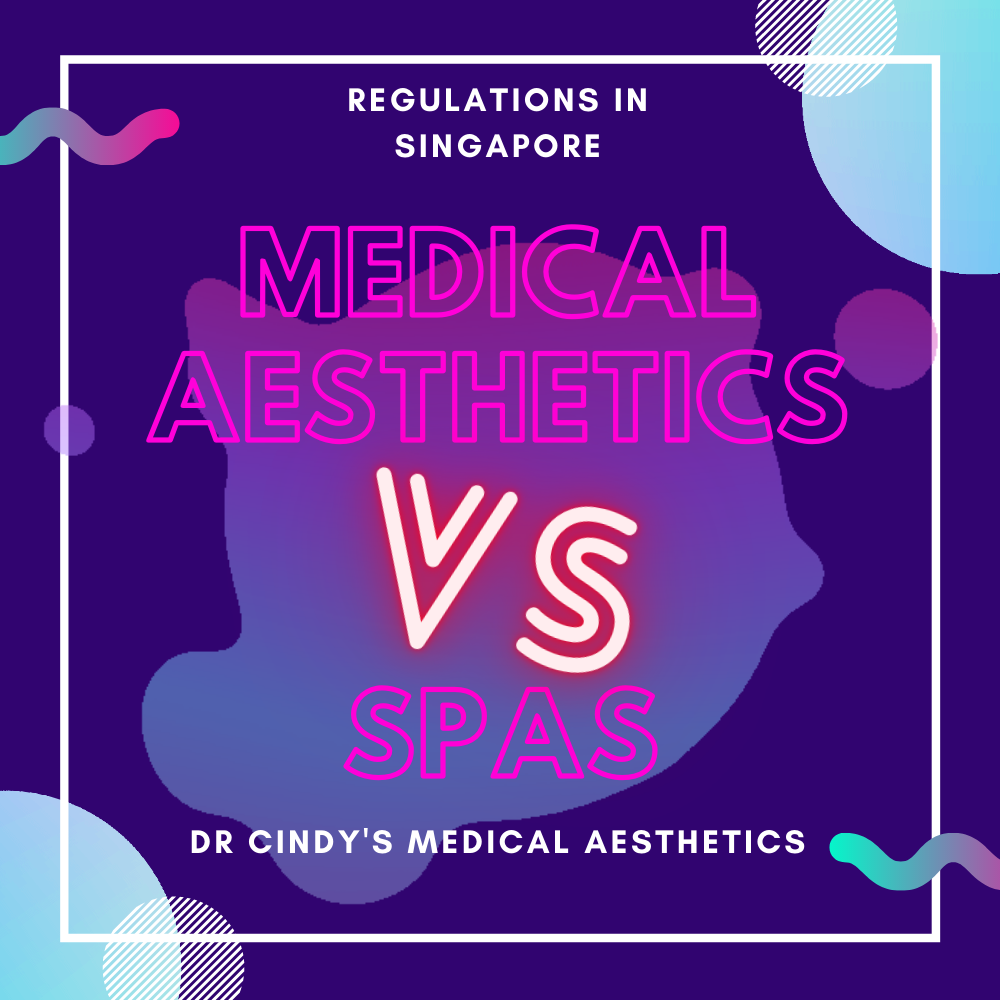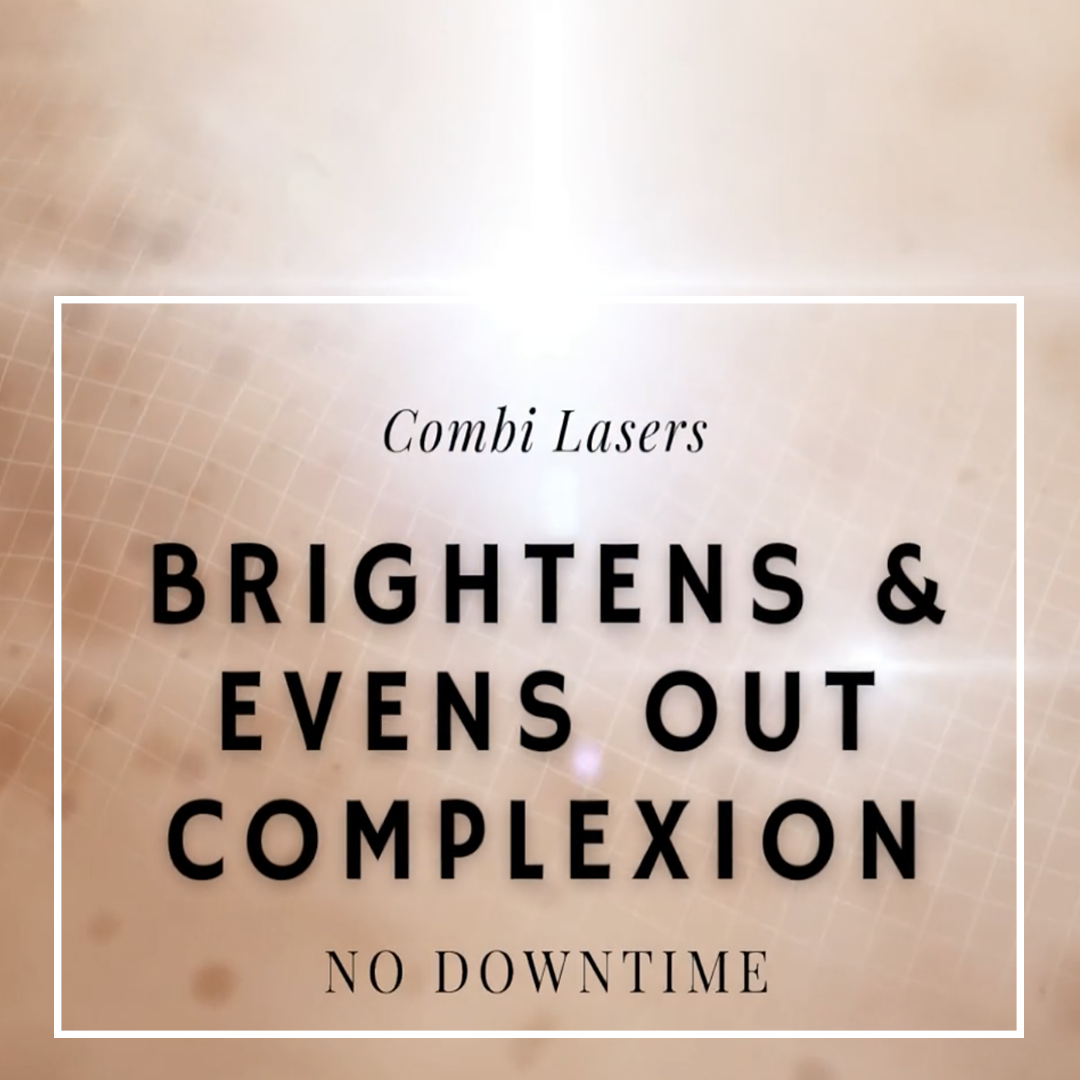What Are Hydration Fillers / Skin-Boosters?
10 Min Read – Aging usually results in very common signs like sunken cheeks, dehydrated skin with skin looking like an overripe tomato left out in the open for far too long.
Most of us if not all, find our youthful plumper skin when we were younger slipping away. Hydration Fillers or known by the trademarked name, Restylane Vital/Vital light Skin-Boosters, help infuse much-needed moisture back into your skin. We use only FDA (US) and HSA (Singapore) approved Hydration Fillers.
Hydration Fillers – Secret Beauty Hack
Our cells constantly replicate, repair themselves through our life span. But each time our DNA replicates, a part of the code can be subject to damage, not copied over and it is this accumulation of damage and cell function malfunctioning that we start to experience the outward manifestations of DNA accumulated aging. It has often been argued that although a myriad of factors play a contributing factor to why we age, numerous studies have shown that it is when DNA repair functions start to slow down and these errors start piling up, do they actually contribute significantly to an exponential increase in the signs and symptoms of aging.
“… a myriad of factors play a contributing factor
to why we age.”
Aging skin starts losing moisture as collagen production slows down leading to sunken cheeks, like too little butter stretched over bread. Expect this to be more prevalent for people who reside in warmer climate as increased UVA, UVB exposure worsens existing aging conditions. At Dr Cindy’s Medical Aesthetics, our Hydration Fillers can address both premature and aging conditions. There’s no time like the present to combat aging even for people residing in their early 20s. For those of us who are already experiencing aging signs, our experienced skin doctors can help chart out a roadmap to combat aging.
Know About Hyaluronic Acid Filler (Skin-Boosters)
One of the key treatments used in reversing aging is by using our Hyaluronic Acid (HA) based Hydration Fillers to help your aged skin cells to start rehydrating since Hyaluronic Acid is a humectant occurring naturally in the body and functions by drawing in and retaining moisture. Research studies have shown that for every year that we age, about 3% of Hyaluronic Acid is lost in our body. Hyaluronic Acid has been shown to be responsible for cellular moisture content and plays a significant role between blood and cell migration1.
8 benefits in getting a Hydration Filler Treatment
- HA is a extracellular matrix (ECM) molecule that exerts major effects on cellular structure, providing a framework between layers of skin. Think of it as scaffolding, pillars supporting the structure of a building. Read more about Hyaluronic Acid.
- Improves fine lines and wrinkles.
- Combats signs of aging – As we age, our cells start to lack in moisture, therefore remaining as one of the major contributors to aging.
- Smoothens skin – Skin texture becomes more even and hydrated giving the appearance of a fresher look.
- Plumps up skin – HA draws in moisture from our blood stream, hydrating dull and dry skin from within.
- Skin Glows – Your skin will start to glow and radiate naturally, looking younger and healthier.
- Deep Hydration – Compared to off-the-counter Hyaluronic Acid gels and serums, research has proven that these do not deliver adequately penetrate your skin. Stimulates collagen synthesis through fibroblast stimulation2.
- Anti-inflammatory and Wound Healing3. Reverses aging signs and cellular damage.
What’s the Diff with Hyaluronic Acid Injections vs Hydration Fillers (Skin-Boosters)?
Hyaluronic acid is the main ingredient in every syringe. It is a naturally occurring chemical compound found in the human body and it functions mostly as a humectant and also, cushions and lubricates joints and other tissues.
“HA is a extracellular matrix (ECM) molecule that exerts major effects on
cellular structure, providing a framework between layers of skin.
Think of it as scaffolding, pillars supporting the structure of a building.”

Hyaluronic Acid Injections differ from Skin-Boosters in:
- Highest concentration of pure HA at 64mg/2ml
- It stimulates collagen and elastin production termed as bio-remodelling.
- Actively tightens, reduces fine lines and wrinkles with improvements to skin laxity over 6-12 months.
- Treats an area that requires this infusion through building a 3D scaffolding rather than a targeted area like Skin-Boosters. Hyaluronic Acid Injections spread easily over a larger area.
Hydration Fillers (Skin-Boosters)
- Uses pure HA, lower concentration compared with Hyaluronic Acid Injections
- Doesn’t stimulate collagen production
- Tightens and reduces fine lines and wrinkles but doesn’t last as long as Hyaluronic Acid Injections. Also improves hydration, brightens and smoothening out uneven skin texture.
- Skin-Boosters have a medium spread.

Post Treatment Results
One can usually expect brighter and glowing skin. Hydration Fillers work to boost and fortify skin from within.
- About 45mins
- Brightens skin after 1 session
- Best results observed after 3-4 sessions
- Minimal downtime with slight bumps resolving in 2-3 days.
- Skin more supple and radiant
- 3 Sessions at monthly intervals than maintenance every 3-6 months
Prevention is always better than then cure so many patients complement this with other laser treatments like (Brightening Laser, Clear & Smooth Laser, LaseMD, or with Hyaluronic Acid Injections, Salmon DNA Injection) to bring about a synergistic action in reversing skin issues such as pigmentation and uneven skin texture. Speak to our doctors today!
Call Us & Book an Appointment:
+65 67334433
References:
1 – Neudecker BA, Csoka AB, Mio K, Maibach HI, Stern R. Hyaluronan: the natural skin moisturizer. In: Elsner P, Maibach HI: Cosmeceuticals Drugs vs. Cosmetics. 1. Auflage. New York : Marcel Dekker Verlag, 2000.
2 – Wang F, Garza LA, Kang S, Varani J, Orringer JS, Fisher GJ, Voorhees JJ. In vivo stimulation of de novo collagen production caused by cross‐linked hyaluronic acid dermal filler injections in photodamaged human skin. Arch Dermatol 2007; 143: 155–163.
3 – Chen WY, Abatangelo G. Functions of hyaluronan in wound repair. Wound Repair Regen. 1999; 7(2): 79–89.

 09 Dec 2021
09 Dec 2021







